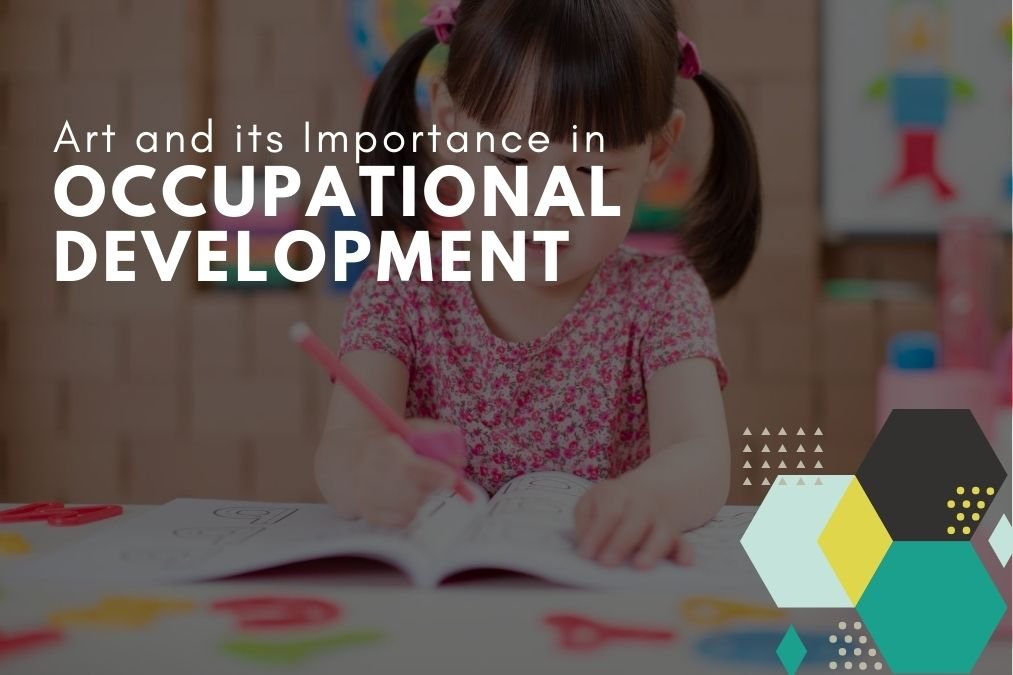No products in the basket.
Kids Art Projects
Art and its Importance in Occupational Development
Art has many important functions in the lives of us all. Particularly with children art can be used as therapy – both emotional and occupational. Children develope different fine motor skills which are age and progress specific, and art can help you as the parent or teacher to gauge where a child’s development is in specific areas and to help them progress as well as to ensure their school readiness.
Some of the basic fine motor skills that develop are hand writing and the use of scissors. It is important to first notice the capabilities that come with different ages. Please also note that children develop within an age range but also at their own pace, so don’t worry too much if they are slightly ahead or behind the curve, however, if you notice any real issues or if you are concerned, please contact an Occupational Therapist for their opinion.
Average Occupational Development in Hand Writing and use of Scissors
Playing with blocks and using eating utensils are pre-writing activities which will help children in developing grasping and shape formation capabilities.
From the age of 1 – 1.5 years a child will develop a palmer supinate grasp/gross palmer grasp when holding a pen/pencil/crayon/paintbrush. What this means is that they will hold the utensil in their hand and curl their fingers around the utensil. At this age they will be drawing squiggles. At this age they have yet to develop interest in scissors, this only happens between the age of 2 – 3 years.
From the age of 2 – 3 years a child will begin developing a digital pronate grasp when holding a utensil. What this means is that the child will hold the utensil downward with a finger against the tip of the utensil to guide it. At this age they should be learning how to draw horizontal and vertical lines. At around 2 a child develops an interest in scissors and will be able to open and close them – making small cuts in paper but with no real pattern in mind. From about 3 years of age they will be able to cut a straight drawn line of about 15cm.
From the age of 3.5 – 4 years a child will develop a static tripod grasp. This grasp is probably pretty similar to the way that you hold your pen when you write: leaning the pen against your index finger and using your index finger and thumb for support. The only difference from how you hold your pen is that you have more movement in your wrist and your fingers and stronger support – this means that this grasp in children is still quite static because they have the shape of the grasp but haven’t developed the strength or movement to make it dynamic.
Some children will develop a slightly different grasp where they use other fingers to support their grasp but as long as their grasp is functional and comfortable it should be fine. At this age they should be learning how to draw closed circles with the end points touching as well as intersecting crosses.
From the age of 4.5 – 6 years of age a child will develop a dynamic tripod grasp. This is the same grasp as the static tripod grasp except they will have a little more movement in their wrist and their fingers. This grasp is more mature. At around 4, having learnt horizontal and vertical lines this sets them up to start learning how to draw shapes like squares and crosses which will help when they are learning how to write certain letters like E, F, H, I, T, and L.
They will also be able to start learning letters with curved lines once they’ve mastered the circle, letters such as B, C, and D. At around 5 children should be able to draw triangles. This is the most difficult shape at this age for them as it is made up of horizontal lines. The practice of horizontal lines will set them up to write letters such as K, W, Z, V, and Y.
At this stage of development children are able to cut out basic geometric shapes, the circle will probably be easier for them whereas something like a square will be slightly more challenging because of the edges, and a triangle would be a little more challenging. Lowercase letters are taught after teaching uppercase letters as lowercase letters vary in shape and size, as well as some looking similar like b, and d.
Please Note
Modelling the grasps and correcting the grasps help a lot in developing these skills, so hold out your hand and show them how to hold a utensil or put your hand over theirs to show them how to hold the utensil.
Believe it or not writing and using scissors requires strength in our hands, so there are activities that can help a child develop the required strength to develop the needed skills for writing and using scissors. Some exercise activities to improve arm, hand, finger, and wrist strength are: tracing drawn shapes or connect the dots, finger painting, learning some sign language, playing with play-dough, cutting out shapes, completing puzzles, playing with blocks, wheelbarrow walking (where the child lies on their stomach and someone holds their legs and they walk with their hands which puts pressure on their arms, wrists, hands, and fingers).
If you are in the Johannesburg area send your children to us for art classes. Our 4 – 8 age class is a great space for your little one to practice these skills, have fun, and get really creative

